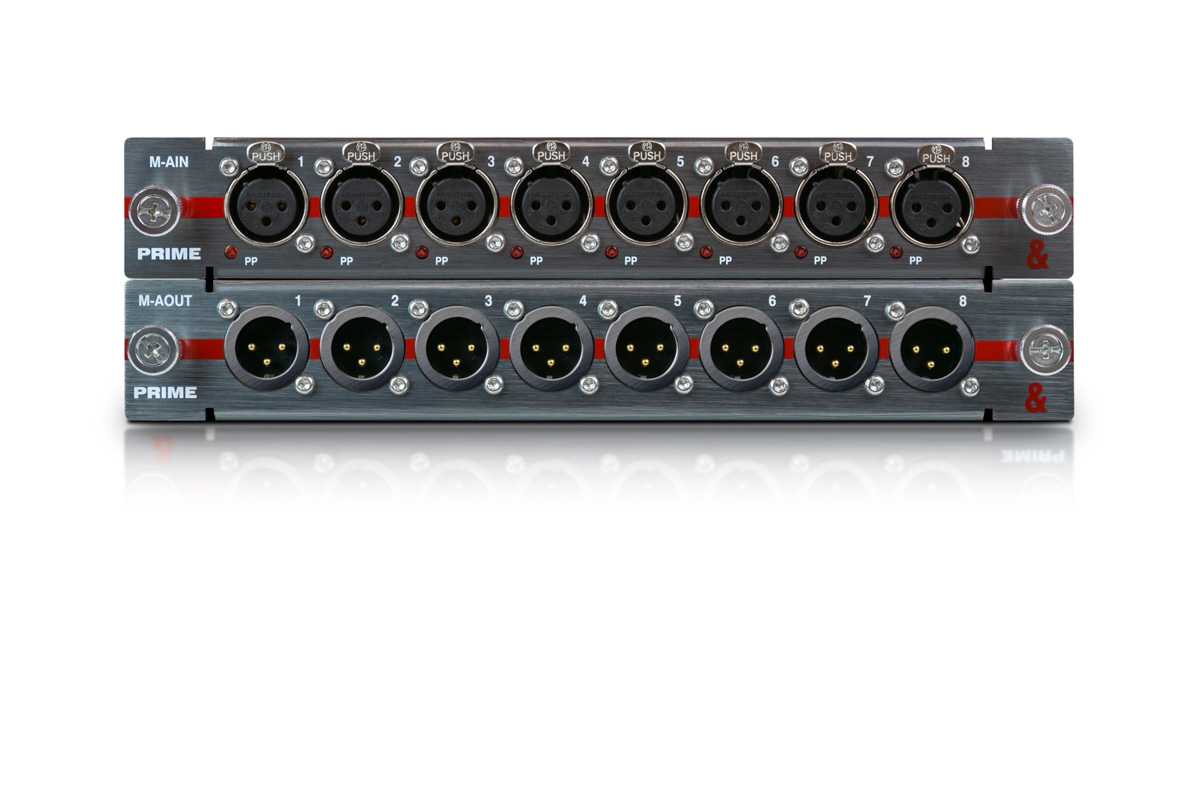PL+S 2018: Allen & Heath adds more dLive modules
- Details

Using the latest converter and component technology, PRIME Input and Output modules are designed to harness the full potential of the dLive’s 96kHz XCVI FPGA core, delivering next-level audio quality for critical live, broadcast and studio applications.
Allen & Heath’s managing director, Rob Clark explained, “For the PRIME project, we asked ourselves a simple question: ‘How do we take a class-leading digital mixer to the next level?’”
The answer, and the decision to develop new I/O modules, was inspired by dLive users who work with internationally renowned classical musicians, vocalists and virtuoso instrumentalists and who are passionate about capturing every nuance of a performance in incredible detail.
“As our XCVI core is a defacto 96kHz platform, we realised we were able to exploit I/O converter technologies that are optimised for these higher sampling rates, providing audiophile levels of transparency without compromising latency or bandwidth. These higher resolution converters led us to also investigate different types of interface electronics in the analogue circuitry, including Nichicon FG Fine Gold Capacitors, and enhancements to power supplies, grounding and shielding. This in turn resulted in further performance improvements, slashing THD and noise and vastly improving on typical slew rates. After extensive development and endless listening tests, we’re there,” Clark continued.
Two modules will be available, an Input Mic Pre module and a Line Output module. As the modules are designed to be fitted in the dLive DX32 expander rack, PRIME can be used easily in conjunction with existing I/O, with users able to tailor or scale the system to their unique requirements, from select channels up to multiple fully-loaded racks.
Clark concludes: “We’re extremely proud of what we’ve achieved with PRIME. Our R&D team has perfected a very special kind of I/O for engineers who want to take their audio quality to the next level, be it for a few money channels or for the entire orchestra.”
(Jim Evans)
















